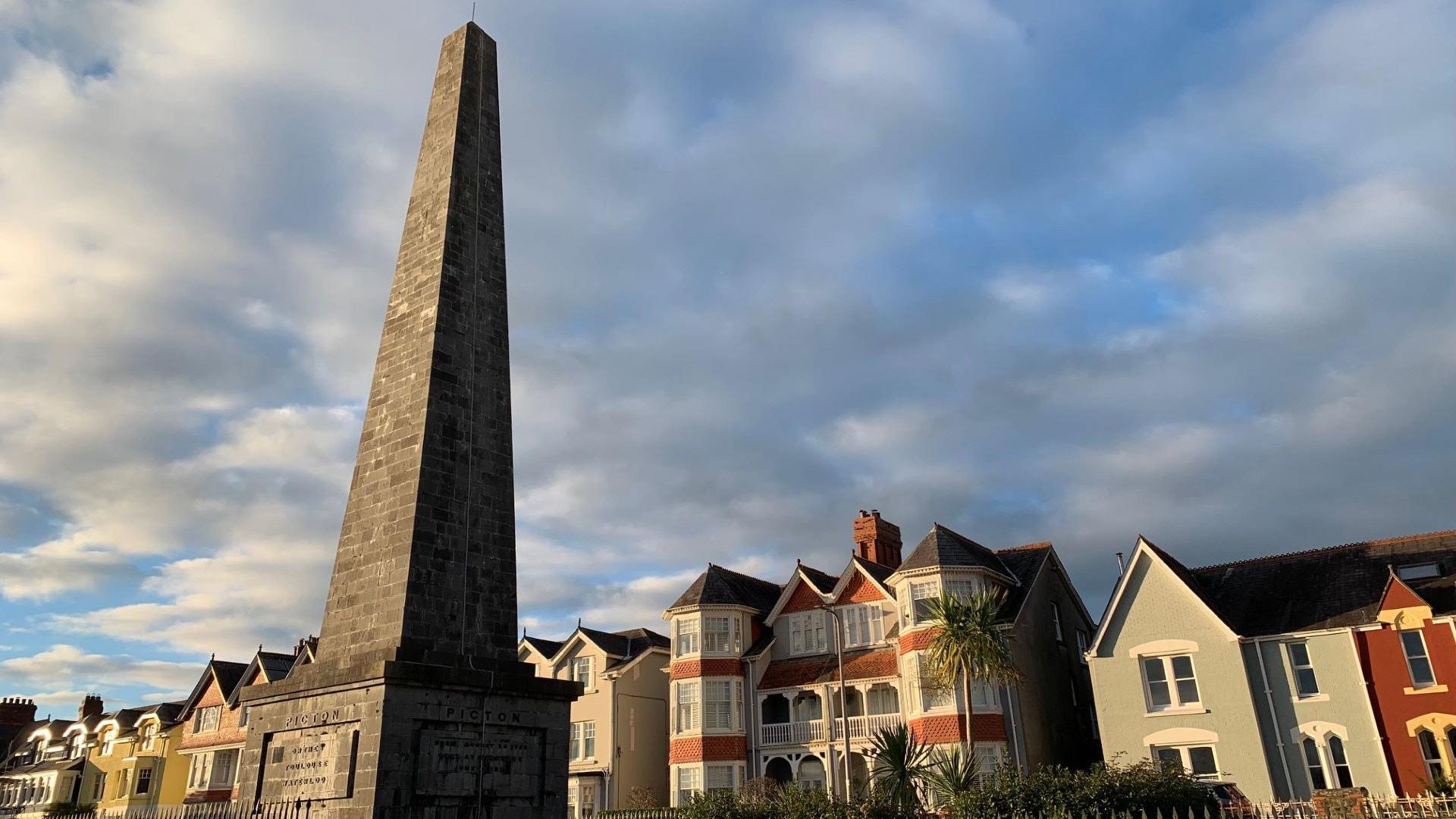Public Commemoration in Wales: share your views…
Please note: the consultation period is now closed.
The Welsh Government has launched a consultation on new guidance which will help public bodies better represent modern Wales through public commemorations.
Public Commemoration in Wales: Guidance for Public Bodies will help public bodies create a more informed relationship with Wales’ history when dealing with existing commemorations, where the legacies of the slave trade and the British empire may still be visible in public places. It will also help public bodies when commissioning new public commemorations.
Closing date: 21 February 2023.
The guidance sets out best practice for decision-making, and is not mandatory.
Its focus is on how to make good decisions rather than on what decisions to make and is in two parts:
- Part 1 introduces the issues around public commemoration and its impact;
- Part 2 sets out four steps that public bodies should take in order to address these issues and realise the contribution of public commemoration to the achievement of an anti-racist Wales.
These four steps are:
- establishing a framework for inclusive decision-making
- setting clear objectives for public commemoration
- establishing criteria for decision-making
- taking action to meet objectives and address the issues raised by public commemoration.
The re-interpretation of the Thomas Picton monument is an example of how these principles can help us better represent our shared history.
Thomas Picton (1758–1815), a professional soldier from Pembrokeshire was killed at the Battle of Waterloo in 1815. Previously, he was known chiefly for the public scandal caused by the brutal 27 methods he used whilst military governor of Trinidad (1797–1803), including torture and summary execution. He also profited personally from owning and trafficking slaves.
Concerns over his behaviour eventually led to his recall to Britain where he was put on trial for the torture of Luisa Calderón, a 14-year-old girl suspected of involvement in a theft. Initially found guilty, the verdict was overturned on appeal, but the controversy caused by the case contributed to the growing debate within Britain about the slave trade.
Nevertheless, following his death at Waterloo, Picton was feted as a national hero and buried in St Paul's Cathedral. In Wales, he was commemorated with a large monument in Carmarthen, originally designed by John Nash and built in the late 1820s, but later replaced with the column that exists today in a much altered and truncated form on Picton Terrace.
Following the rise of the Black Lives Matter campaign in Britain, a petition signed by around 20,000 people asked for the Picton Monument to be taken down. In response, Carmarthenshire County Council set up a cross-party task group to consult the local community and other interested bodies, including the Race Council for Wales and Carmarthen Town Council. Out of over 2,300 responses, 1,613 were in favour of retention and 744 for removal, with a significant percentage supporting wider education about Picton.
Based on this, the task group recommended that the memorial should remain, but that information boards should be placed in prominent positions explaining his links to slavery as well as his military career. Three information boards have now been installed around the monument giving much fuller information and a rounded account of Picton’s life and impact (top image).
How to get involved
- complete the online form or
- download the response form and email or post the completed form back to us
Please submit responses by 21 February 2023.
